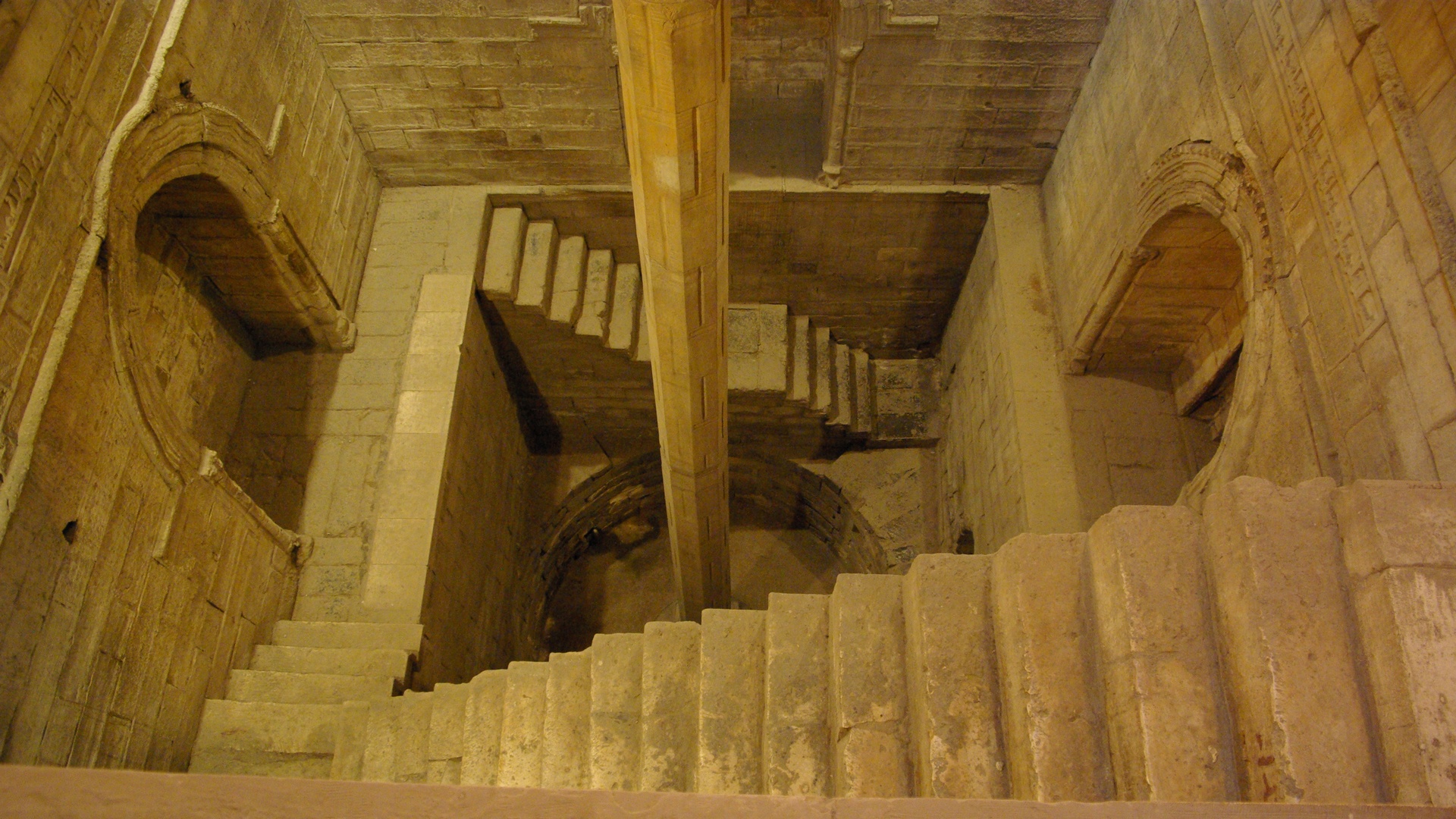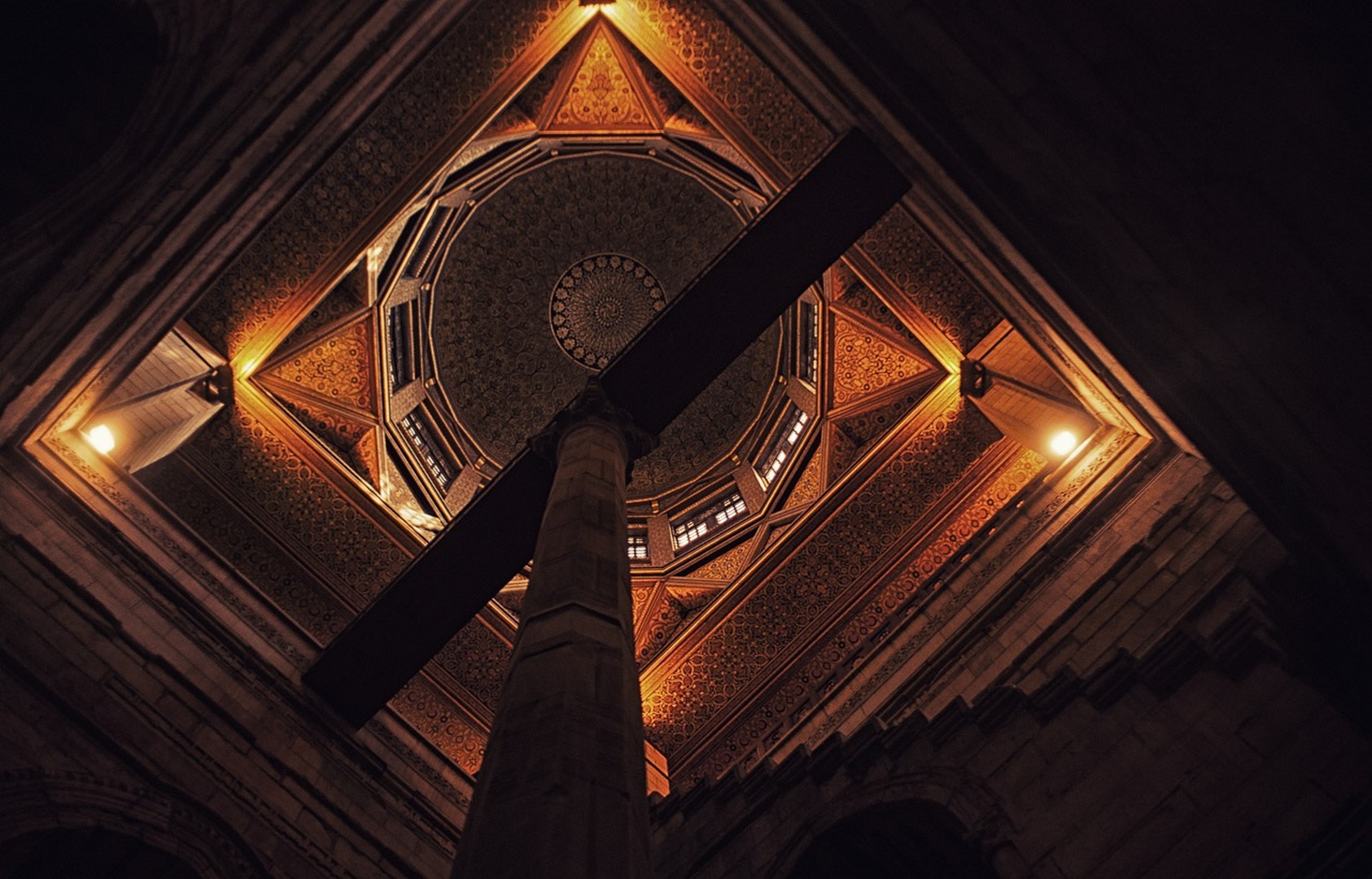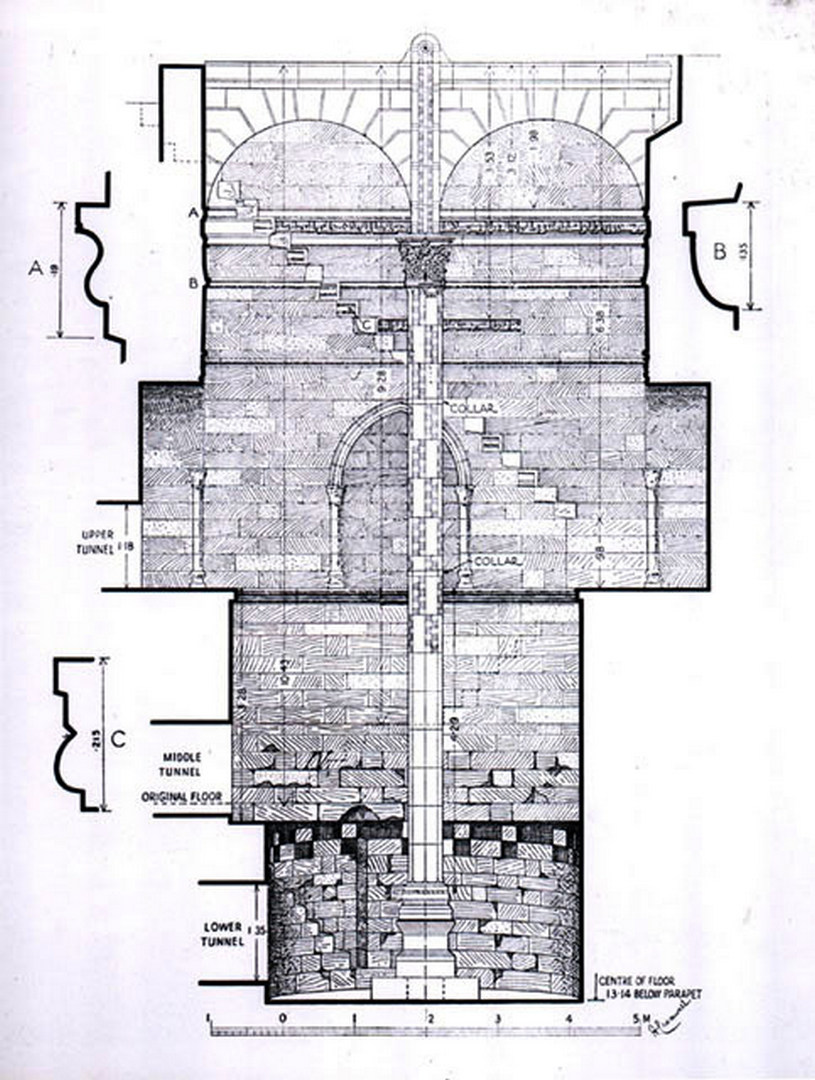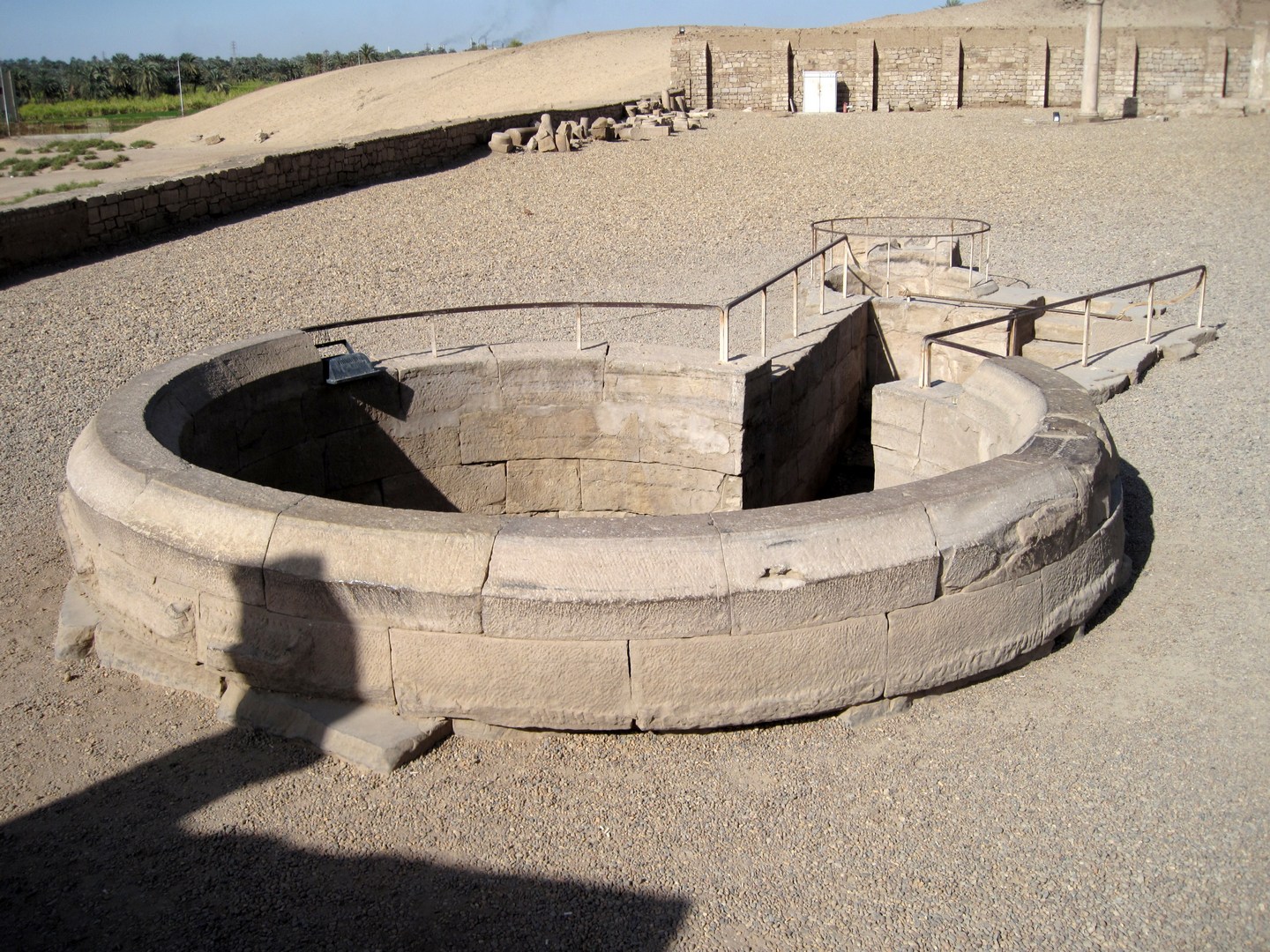Description
Property Name: Nilometer
Inventory No: 20-2-3
Date of infill of the inventory form: 2007-12-05
Country (State party): Egypt
Province: Cairo
Town:
Geographic coordinates: 30° 0′ 26.65″ N
31° 13′ 29.04″ E
Historic Period: Abbasid
Year of Construction: 861
Style:
Original Use: Water Level Control
Current Use: Water Level Control
Architect: Ahmad Ibn Muhammad
Significance
The Nilometer on Rhoda Island in Cairo, which was a product high level of scientific knowledge, is building constructed to measure the water level of Nile River. It is been constructed by the famous mathematician Ahmad ibn Muhammad, in the name of the Caliph al-Mutawakkil. This monument is significant because of its uniqueness. The river level was measured to establish tax rates during the Abbasid period. It is a square well, constructed of ashlar stone. The Nilometer is a subterranean building, going under the ground for 12 meters. A stairway descends to the bottom of the well, where there are two tunnels leading to water. In the center of the well, there is an octagonal column.
Selection Criteria
i. to represent a masterpiece of human creative genius
State of Preservation
The structure, restored or built entirely in 699, was shortlived as already in 714, 17 years after its presumed construction, it was in such a bad state that the Caliph of Damascus, Al Walid Ibn Abdelmalik, decided to have it replaced by a new one and ordered the governor of Egypt to see to it near Fostat. The work was done extremely quickly and the new well was completed in 715 under the reign of Soliman who had just succeeded Al Walid. This is the Ar-Raoudha nilometre whose site was judiciously chosen on the tip of the island which still bears his name today. •Chronology: 714-715: first works overseen by Oussama Ibn Zayd at-Tannoughi, the tax official (kharadj). 814: renovation under the Abbasid Caliph al-Ma’moun. 847 and 86 : great works undertaken twice more under the Abbasid Caliph al-Moutawakil and the last works were supervised by the engineer Ahmed Ibn Mohamed al-hassib.Abdallah ar-Raddad from Basra in Iraq was responsible for its management as the designated official for the “miqiyas” and this job remained in his family for centuries. 1092 : last great works by the Fatimid al-Mustansir who added the nearby mosque. After the end of the XIth century under the Seljukides and the Mamelukes, no works of great importance were undertaken, except perhaps under Baybars and Qaitbey. It was not until the reign of the Ottomans, Selim I, Soliman the Magnificent and Selim II that restoration work was carried out again. Recorded work was done in 1756, then during the French expedition (1798-1801). In 1887 the Ministry of Public Works restored the monument and added a pyramidal cupola in 1925. Recent exhaustive work restored the monument to its former splendour.
References
Archnet Website: www.archnet.org
Unesco Website: https://whc.unesco.org
Ahmad, Mahmud. Concise Guide to the Principal Arabic Monuments in Cairo, Government Press, Bulak, 1939.
Parker, Richard; Robin Sabin. A Practical Guide to Islamic Monuments in Cairo, American University in Cairo Press, Cairo, 1974.
Stierlin, Henri. Islam: Early Architecture From Baghdad to Cordoba, Volume I, Taschen, Köln, 1996.





